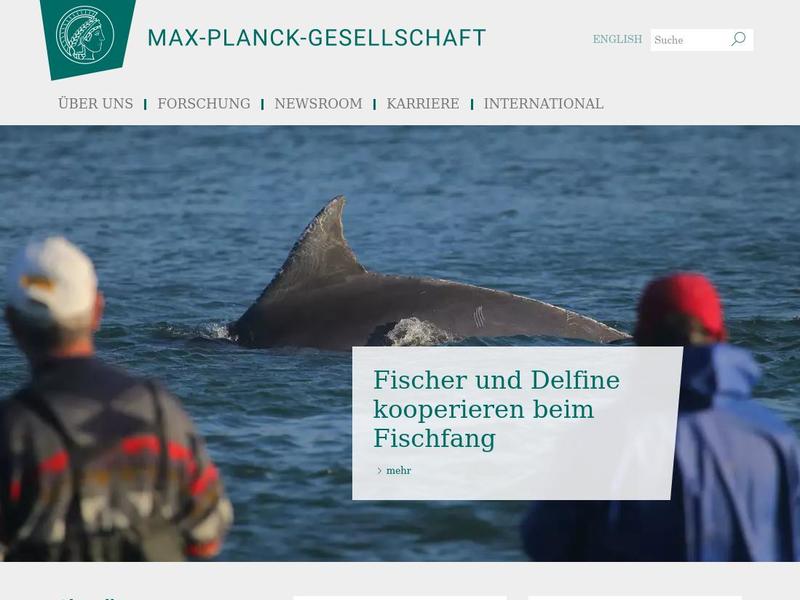Cebit 2012: 3D animations for everyone https://www.mpg.de/5158289/cebit-2012_3D
3D movies like „Toy Story“ or „Transformers“ are based on everyday objects that are able to move like humans. Such 3D characters are created by skilled experts in time-consuming manual work. Computer scientists at the Max Planck Institute for Informatics have now developed two computer programs that can accomplish the same process in mere seconds and can easily be handled even by inexperienced users.
„This even works if you want to create a James Bond vehicle out of a motor boat and

